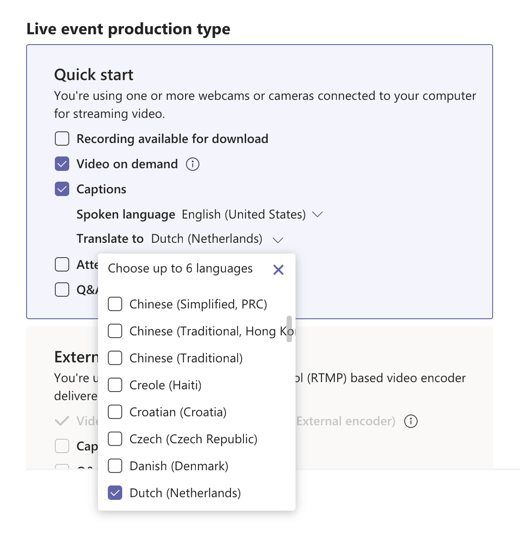Making Web Conferences Accessible
Our future as we know it not only should be accessible, but will be accessible. Humanity will not make gains without investing in the development and improvement of tools that provide users with disabilities to fully utilize them. According to the U.S. Census Bureau, employees with disabilities make up 6% of the American labor force.
As a millennial with disabilities working in tech, I spend a lot of time thinking about how the software I use at work every day could be improved for my peers and I. I am extremely interested in adaptive and assistive technology, and how everyone, including able-bodied folks, can benefit from them.
As web conferencing and video calls become more commonplace, perhaps even more so than standard phone calls, web conferencing tools must rise to the occasion of meeting the needs of users with various disabilities. Whether people are web conferencing from their desktop computers or mobile phones, accessibility is of utmost importance. In this blog post, we’ll explore the basic requirements web conferencing software should meet for basic accessibility.
Accessibility features your web conferencing tool should have
One of the biggest selling points of web conferencing is that it allows users to communicate online and remotely. This allows users with disabilities to communicate from the comfort of their own home because unfortunately, not every office building is designed with accessibility in mind. Website and software accessibility all still has a way to go to improving the ease of use for users with sight and/or hearing impairments.

The most commonly discussed disabilities affecting website accessibility are sight and hearing. However, web conferencing software can help improve communication by featuring tools that address the needs of every user. Video conferences are great for employees with hearing loss, as it allows them to communicate via sign language, lip-reading, or via text using screen-sharing or slide features. Many web conferencing tools are also compatible with screen readers so that users with vision issues can still participate in online meetings.
At the University of Washington, the Alliance for Access to Computing Careers creates several resources and provides support to students with disabilities who are pursuing degrees in computer science and related fields. They have compiled a list of requirements that a web conferencing solution must possess to be fully accessible for a variety of users. Those requirements are:
- Video quality and performance must be sufficient to support sign language. Additionally, the user interface must have support for window customization to allow the sign language interpreter window to be resized independently of the speaker or presentation window. Many web conferencing tools show all participants in small windows, and only one participant at a time can be promoted into a large window.
- The product’s controls must be accessible by keyboard, without requiring a mouse. Most web conferencing systems have a variety of features that appear in different panes. Keyboard users must be able to easily navigate between those panes and use all the features.
- The product’s controls must be accessible to screen reader users. The panes and controls must be sufficiently labeled so blind users know where they are within the interface, and can easily navigate to particular features and use those features.
- The product’s interface must be customizable. Individuals using screen magnification software may find it difficult to navigate if their screens are cluttered with information. This can also be distracting for many other users. Flexibility is an important aspect of universal design.
- The product must be easy for everyone to install and use. The more steps required of users for getting up and running, the more likely we are to lose potential participants if they encounter technical difficulties.

As a general rule of thumb, online meeting hosts should always ask before the meeting itself if participants have any assistive needs so they can assure that those needs are met. Utilizing software that not only supports VoIP, but a telephone or mobile connection is also a must, because not all users may be able to easily access the web-based client. Lastly, if you are utilizing presentation slides during your online meeting, make sure to send out Plaintext versions of the slide contents before the meeting. This allows participants with screen readers or using Braille to follow along.
What web conferencing tools are the most user-friendly?
When thinking about accessibility, we need to rethink how we define user-friendliness and even terms like “accessible” itself. Often, we use the term “user-friendly” to simply mean “easy to use”, but the concept of what is easy to use and what isn’t is not universal across all users.
In reading web conferencing software reviews, pay attention to reviews that call out what aspects of the tool they find easy to use, and why. Quality reviews, like the ones here on TrustRadius, often dig into the nitty-gritty of what improvements software in this space can improve upon in regards to making user interfaces easy to use for participants with various needs and skillsets.
Was this helpful?
